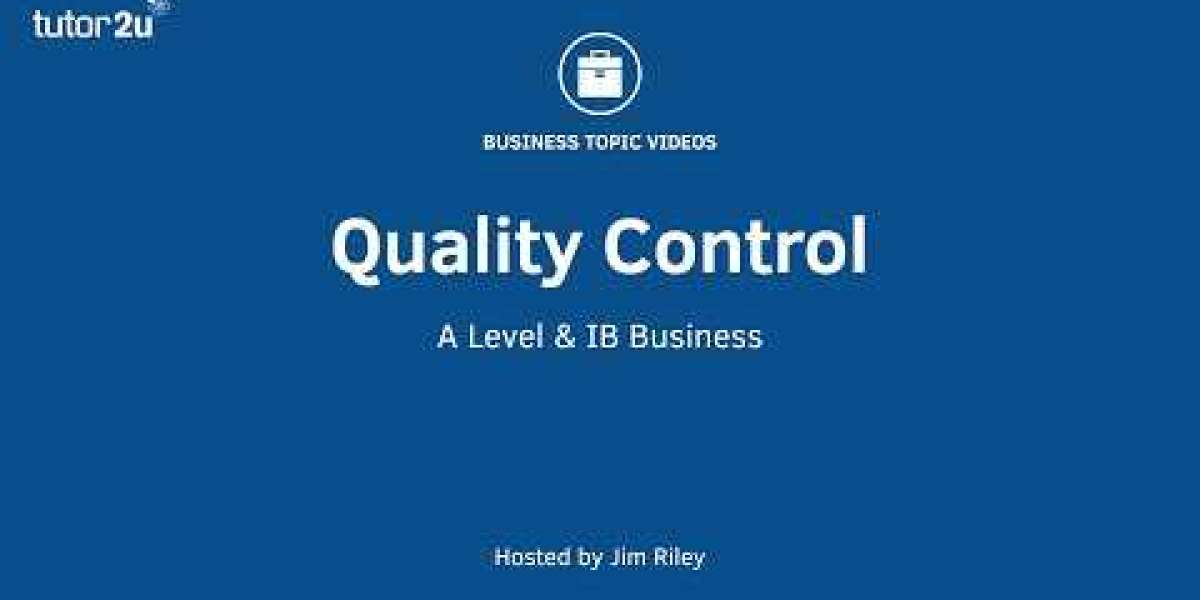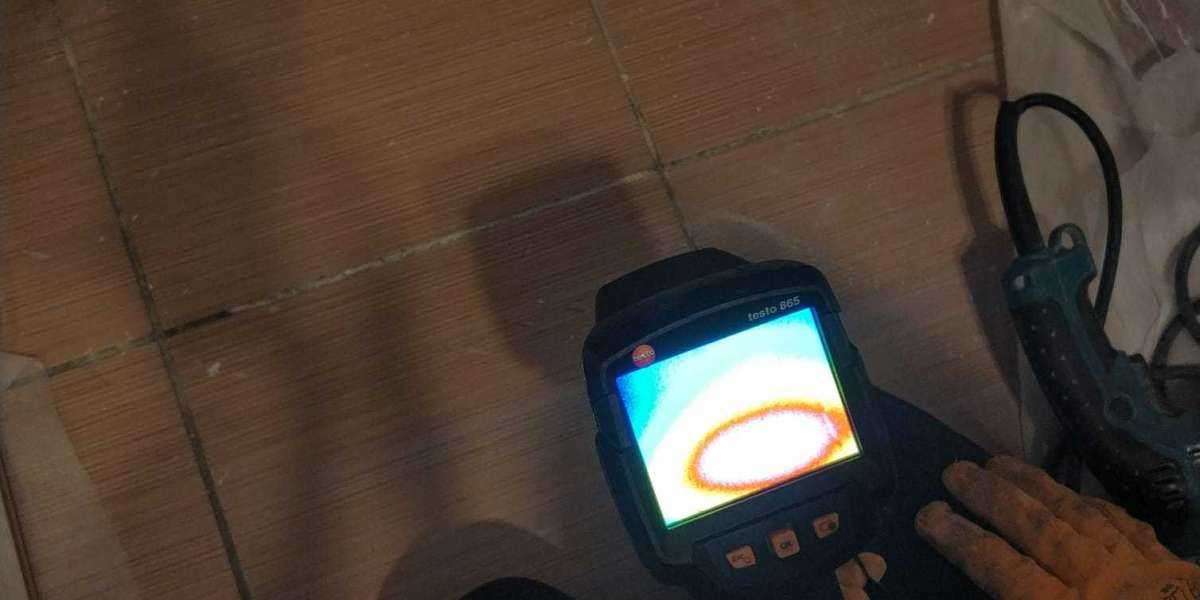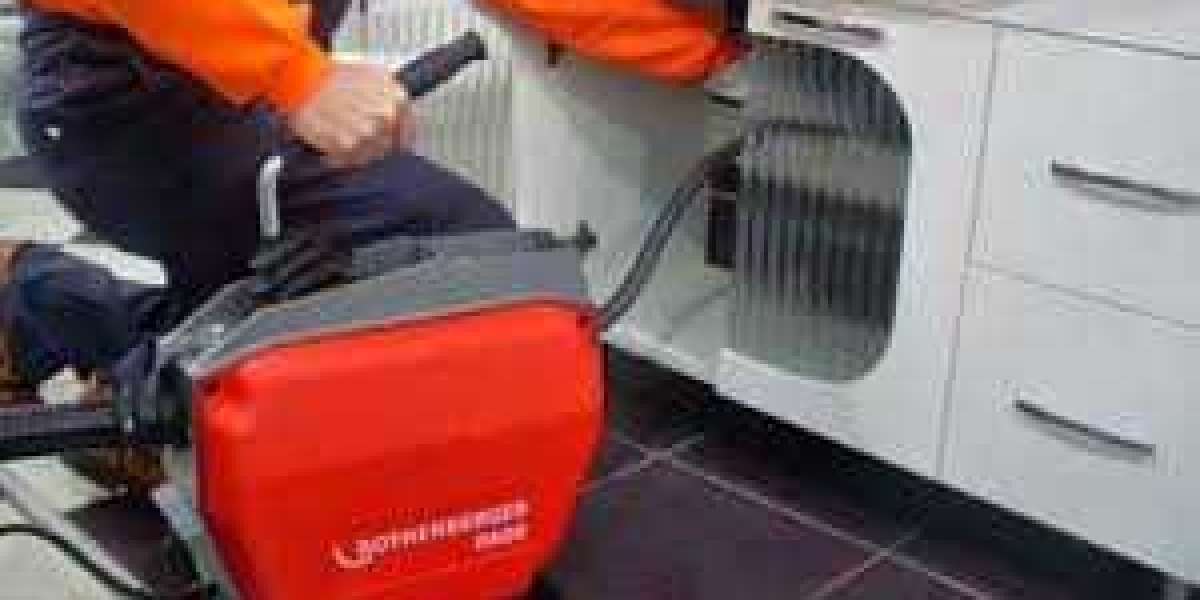Many importers choose to perform product inspections at the factory because they believe it to be the most effective way to ensure the quality of the goods they bring into the country. It is essential to have an efficient quality control inspection checklist at your disposal, regardless of whether these inspections are carried out by a member of your team or by a third-party QC company such as Insight that you hire to assist you.
This article will explain what a quality control checklist is as well as how to make one and how to organize it. You will find a link below to a free template for an inspection checklist, which includes instructions for conducting an inspection of a doghouse. You can get help coming up with ideas for your product by using this template.
What exactly is meant by the term "quality control checklist"?
During a product quality inspection, the person inspecting your products can refer to an inspection checklist as a guide to help them along the way. Whether you go to the factory yourself to check the quality inspection of your products or hire a third-party QC company to do so, the checklist provides the inspector with information regarding what to look for during the inspection.
When it comes to conducting 3D Laser Scanning Services assurance checks on your products, having a thoughtfully crafted checklist provides you and the inspection service provider with clear standards to adhere to. It also provides your manufacturer with a set of particular standards that they are expected to meet, and the increased accountability makes it more likely that they will produce goods that live up to your standards.
What steps do you take to ensure that your Production Monitoring Service control checklist is complete?
First, make a list of all of the potential manufacturing defects by reflecting on those that could arise during the production process.
Various flaws can manifest themselves in a wide variety of product categories. For instance, if you make furniture out of wood, you might be concerned about splinters, and if you sell electronics, you might be concerned about the voltage being too low. Both of these are examples of potential concerns. To begin, you should consider the specific characteristics of your product as well as the various kinds of flaws that could be associated with it.
In the event that you are in need of inspiration and have previously sold the product, you may wish to consider referring to issues and complaints that have been raised by previous customers. If you haven't already, you might want to look through the customer reviews that are available for alternative products. You should also think about any problems that arose with the samples while you were going through the process of collecting them.
Some flaws are more serious than others; for example, a wood splinter is more serious than a minor scratch or dent because it has the potential to cause injury. After compiling a list of potential flaws, you should sort them into the following three categories: minor, major, and critical flaws. Please read this article if you want to learn more about the classification of defects.
Should You Put Your Faith in the Third-Party Quality Control Company to Create Your Defect List?
If you're going to use a third-party inspection company (like Insight), you should definitely talk to them beforehand to get an idea of the most common flaws that they look for when compiling their checklists for products that are comparable to yours. However, keep in mind that inspection providers will specialize in different product categories; therefore, if you ask for advice, you should ensure that the person has the appropriate amount of experience in the field.
Keep in mind, as well, that you are (or at least should be) the expert on the particulars of your product, and that you should never completely delegate this responsibility to the third-party quality control company. Because you, as the importer, are ultimately responsible for management and the quality standards of your product, developing your checklist ought to be a process that involves collaboration. This is due to the fact that you are the one who is ultimately responsible.
Step 2: Classify each item on your quality inspection checklist according to its respective category.
Your supplier inspection services checklist will include a variety of sections, and in general, those sections should mirror the ones that are included in the list that is provided below. It is possible that you do not require any of these sections, depending on the type of product that you have, or that you require more than these sections. The following items are always present on any and all of our checklists:
Packaging and Labeling – Can you easily read and interpret the shipping marks, and have the labels been printed correctly? In this section, you will check to make sure that none of your packages have any visible signs of physical damage. Find out more about the Pre-Shipment Inspection control of the packaging »
Visual Inspection What aspects of the product should the inspector look at while they are physically examining it and holding it in their hands or walking around it? When they examine a doghouse, for instance, they might look for signs of paint that is flaking or screws that are missing.
Testing the product's functionality involves determining how the examiner should physically use or manipulate the item to ensure that it functions correctly. For instance, they may need to check that the doghouse legs are able to stand firmly without rocking and ensure that the accessories can be attached without difficulty. Gain a deeper understanding of functional testing with regard to the QC checklist »
Requirements Concerning the Product's Physical Aspects All of the product's dimensions should correspond to the specifications; the product's weight should be accurate; and all of the other physical requirements should be satisfied. To make this determination, the inspector will use a variety of inspections companies control inspection tools, such as a measuring tape and calipers.
Special Tests You can create tests that are unique to your product by basing them on the characteristics that make it stand out from the competition. If your product requires assembly, for instance, you may need to check that all of the components have the appropriate degree of compatibility with one another.
Barcode Verification – Does the information on all of the UPC labels match what is on the purchase order, and do the barcodes scan correctly? Barcode readers will allow the inspector to verify this information.
Drop Tests on the Carton Your carton will undergo a series of drops to the ground at varying angles during a carton drop test to ensure that neither the product nor the packaging contained within will be damaged. This test is intended to simulate the rough treatment that may occur while the item is being transported across international borders. Find out more information regarding drop tests for cartons »
Let's take a look at a real-life example of a quality inspection checklist now that you have a general idea of the components that make up such a checklist.









